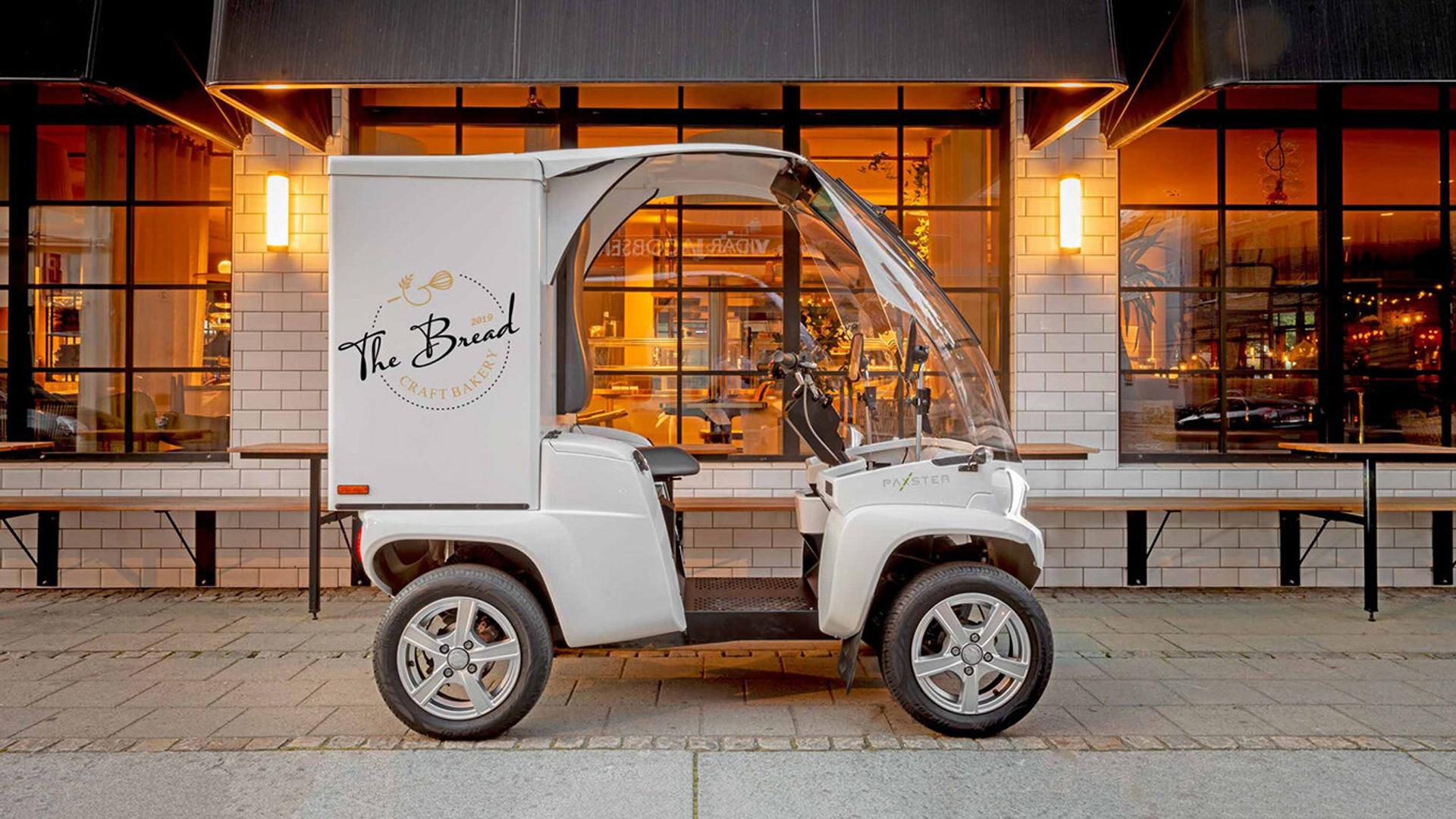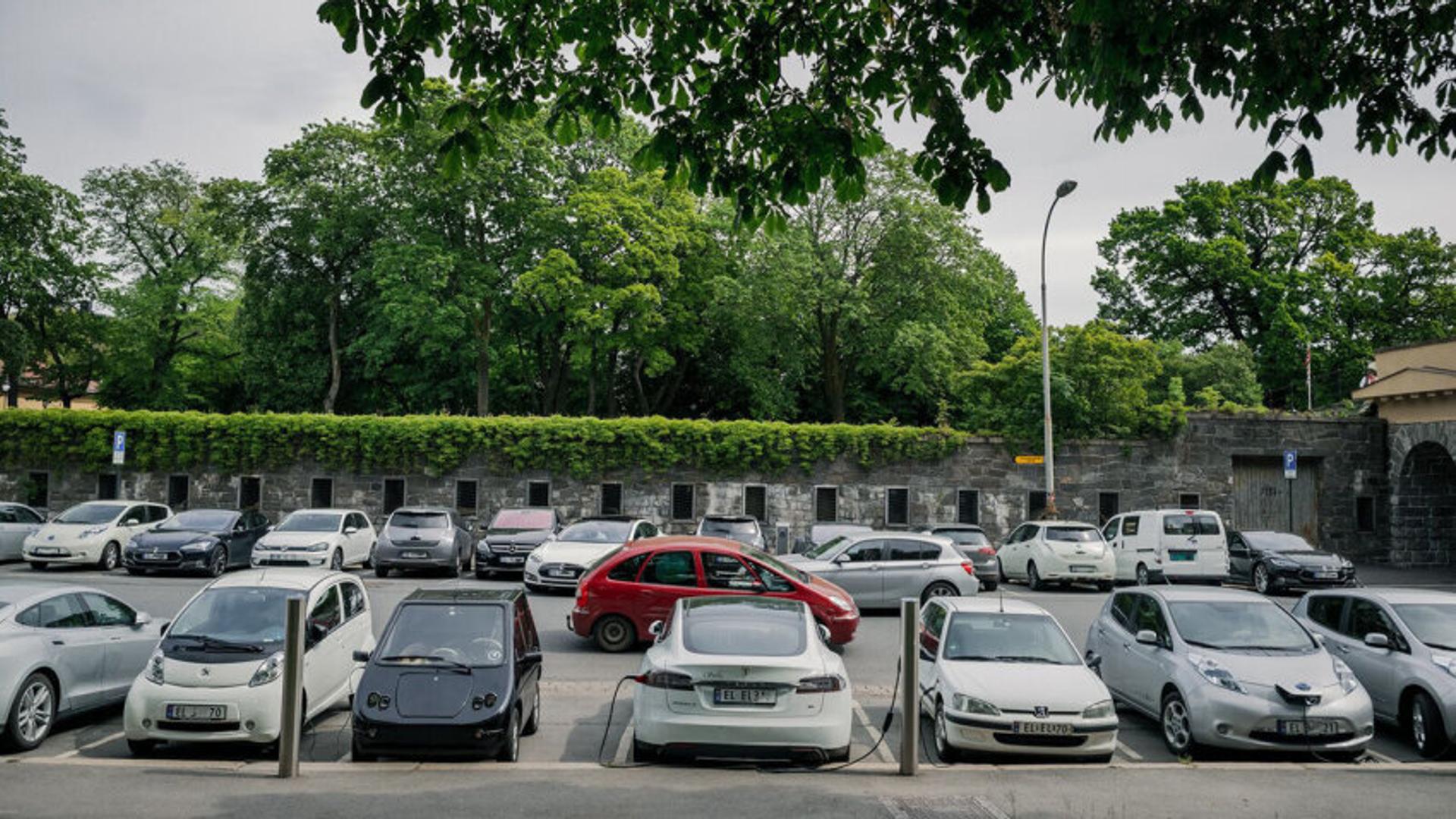Smart mobility solutions are making zero-emission cities a reality

“They all invariably ask the same question: How have you done it?”
If there were such a thing as celebrities in the world of urban transportation planning, Sture Portvik would be among the A-listers. As head of the electric mobility initiative for the City of Oslo, he is frequently contacted by journalists and urban planners who are hoping to learn how Oslo has come so far in electrifying the transport sector.
“A journalist from Le Monde once put it this way: everywhere else, electric transport is mostly a matter of pilot projects. In Oslo, it is becoming an everyday reality.”
The numbers back this up. Three out of four new cars sold in Oslo are now electric cars, and public transport is following suit. By the end of 2021, approximately 40 per cent of all buses in Oslo will be electric buses.
So, how has Oslo done it?
Smart mobility solutions are more than electric vehicles
Part of the answer lies in policy. Norway has encouraged people, chiefly through significant fee reductions, to buy electric vehicles (EVs) for two decades. In effect, Norway has been the cheapest country in the world to buy and own an electric car. On top of this, Oslo has introduced more measures for EV drivers, such as road toll exemptions, free or subsidised parking and permission to use the bus lane.
But according to Portvik, getting people to buy EVs is the easy part.
“The real headaches come from infrastructure. Essentially, electrification requires merging two sectors that have developed independently from one another: transportation and the power grid. Simply put, providing charging stations for the entire car and bus fleet requires a lot more in terms of infrastructure than petrol stations.”
This is where Norway benefits from a vibrant and innovative ecosystem for intelligent transport systems.
“Oslo and Norway are home to a host of skilled, flexible and innovative smart mobility companies that can provide the solutions we need.”
Sture Portvik
Head of electric mobility initiative, City of Oslo
“This extends to both hardware and software solutions. In charging infrastructure alone, we have companies like Zaptec, Mer, BKK and Recharge. There’s a lot of expertise on how to use AI and smart power management to improve the efficiency of the charging systems, with companies like Tibber and Flexibility leading the way. The whole ecosystem in smart mobility around StartupLab here in Oslo is also impressive.”
Do you want to know more about business opportunities in smart urban mobility? Get in touch with Innovation Norway today!
Last-mile delivery with electric vehicles
In the world of goods transport, the Norwegian mobility company Paxster is making its mark. Its small, one-man electric vehicles can be seen buzzing around cities in Norway and beyond, delivering post, parcels and even take-away food.
“Sixty per cent of transport resources for any given product go into last-mile delivery, that is the last stretch from the store or depot to the delivery destination,” explains Arild Brudeli, Head of System and Innovation at Paxster.
“In terms of energy use, a Paxster is in some cases over 20 times more efficient than a standard delivery vehicle tasked with the same deliveries. All without generating emissions,” he says.
The Paxster electric delivery vehicle was first developed at the request of the Norwegian postal service in a bid to increase efficiency and cut emissions. So far, Paxster has delivered on both accounts.
“By virtue of being smaller and nimbler, a Paxster can do almost double the number of parcel deliveries in a day compared to a standard, diesel-driven van.”
“This is not to say that vans or big delivery trucks are a thing of the past. But the idea is to make sure you use the right tools for the job – and smaller, made-for-purpose electric vehicles are superior when it comes to last-mile urban small parcel deliveries.”
Arild Brudeli
Head of System and Innovation, Paxster
Brudeli also talks about the tremendous environmental impact of the rapid growth in e-commerce.
“Between 2014 and 2020, global e-commerce almost quadrupled, and that was before the pandemic. But this growth has not been ‘green’ in any meaningful sense, it has been dependent on fossil fuel-based transport. Therefore it is absolutely vital that we find solutions to reduce the footprint of last-mile deliveries.”
The Paxster electric delivery vehicle is now covering the last mile all over the world.
“We had just wrapped up our initial project with the Norwegian postal service when we got a call from the postal service in New Zealand. We are now present in all corners of the globe, working with both delivery companies and municipal authorities in cities like London, Berlin and Madrid.”
Healthier cities with electrification
Although the climate crisis remains the impetus behind urban electrification, the process offers significant and immediate benefits for city dwellers.
“Between 2009 and 2019, Oslo saw a 20 per cent reduction in CO₂ from the transport sector, and an influx of electric buses and delivery vehicles since then has likely driven this number up. But we have also seen substantial reductions, approaching 30 per cent, in airborne pollutants such as nitrogen dioxides, sulphur oxides and PM2.5, too,” Sture Portvik says. He also stresses that a city-wide effort to replace old wood-burning stoves has probably contributed to this as well.
According to the World Health Organization (WHO), more than 80 per cent of people living in urban areas are exposed to potentially harmful amounts of such pollutants, increasing the occurrence of stroke, heart disease, lung cancer, and chronic and acute respiratory diseases. It is estimated that urban air pollution causes 3.4 million premature deaths every year.

Although this alone may be reason enough for cities to double down on their electrification efforts, Arild Brudeli at Paxster is eager to point out that electrification of transport offers a host of other, perhaps less tangible, quality-of-life improvements.
“Vehicles are everywhere in the city, and every single resident interacts with vehicles one way or another throughout the day. It stands to reason that the way these vehicles look, sound and behave can have a significant impact on people’s well-being. In that sense, quieter, smaller and smarter vehicles can be good for urban residents,” he says.
“There isn’t a whole lot of research on this, but we are involved in project with the Institute of Transport Economics exploring how different types of vehicles affect the experience of pedestrians in the city centre.”



